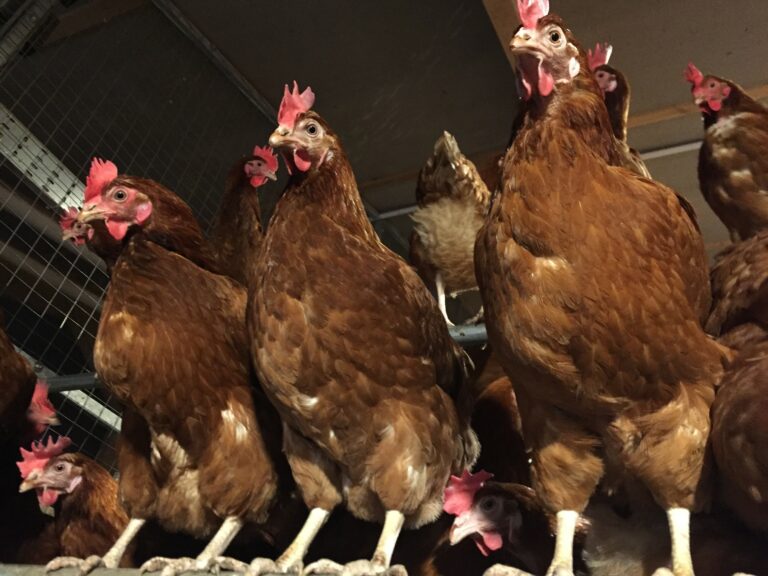Gut health is a term that, due to the rising prominence of antibiotic reduction targets, has been on the increase; but what does it mean?
A healthy gut is not just the absence of clinical disease but one with which the bird can digest and absorb the maximum amount of nutrients, as efficiently as possible, in a sustainable way. This ensures that the bird can use the nutrients for producing eggs or growing muscle tissue.
Multiple studies prove the positive impact ‘good’ gut health has on production and overall flock efficiency. Improving gut health directly influences the immune system and the ability to fight disease. It also benefits villi length and surface area, leading to better nutrient uptake. Therefore, improving gut health can affect factors such as litter quality, vaccine efficacy, mortality, stress resilience, feed conversion ratio and liveability.
The key to good gut health is microbiome diversity. The microbiome is the ecosystem within the gut, consisting of all the microorganisms: bacteria, fungi, viruses and protozoa. Like a regular ecosystem, these organisms interact with one another. When the ecosystem is balanced and varied, it provides the most significant benefit. The reasons for this are multifaceted: Microorganisms are ‘foreign’ and, as a result, are recognised by the immune system. This means they can educate it and influence the severity and types of responses shown to challenges in the future. Microorganisms also help the gut by digesting nutrients into forms that are easily absorbed by the bird, and having a variety improves the range that is digested. Having a greater array of microorganisms makes birds better able to cope with disease pressure and stresses as they occur.
Upon hatching, a bird’s gut is nearly sterile. Modern-day farming practices mean that eggs are removed from their nest environment and artificially incubated. In a natural setting, the gut of the chick would primarily be colonised by the mother’s microflora, through being in an environment containing her faeces. Another method is by vertical transmission via the eggshell, and in modern practice, this is the most important route of colonisation. Alltech has proven that improving the gut health of the breeder birds affects the microbiome and the subsequent gut health and performance of the offspring — passed down to the chick via the eggshell route.
The key to gaining the most impactful production from refining gut health is to start the gut on the right path as early as possible. In light of this, Alltech has invested heavily in product development and peer-reviewed science in this area. The best route is to implement a programme to benefit gut health at breeder and chick level. However, if this is not possible, then influencing gut health as young as possible is essential. Emily Marshall, gut health platform poultry coordinator at Alltech, recommends using the ‘Seed, Feed, Weed’ principle, as developed by Professor Steve Collett of the University of Georgia.
Seeding the guts with a probiotic to establish a well-profiled gut microflora, feeding the beneficial microorganisms with an organic acid, such as Acid-Pak 2-Way and weeding out the pathogens with a product that removes them, such as Actigen.
“We’ve seen some great results through using this programme,” says Marshall. “We find that the biggest improvement in production measures are seen when farmers make changes early, although quantifiable benefit is gained at whatever stage changes are made.”
Targeting young birds is an effective means of implementing gut health, as the microbiome is not yet fully established, and so is more-readily influenced. Marshall explains that Actigen improves gut health in young birds, as it specifically targets the pathogenic bacteria, such as Salmonella and E. coli, binds to them and removes them from the gut. It also improves the efficacy of vaccines and the immune response, as Actigen acts as a ‘red flag’ to the immune system, making the pathogens bound to it more recognisable. As a result, this benefits production because less energy is wasted on immune response and is instead available for growth or egg production.


